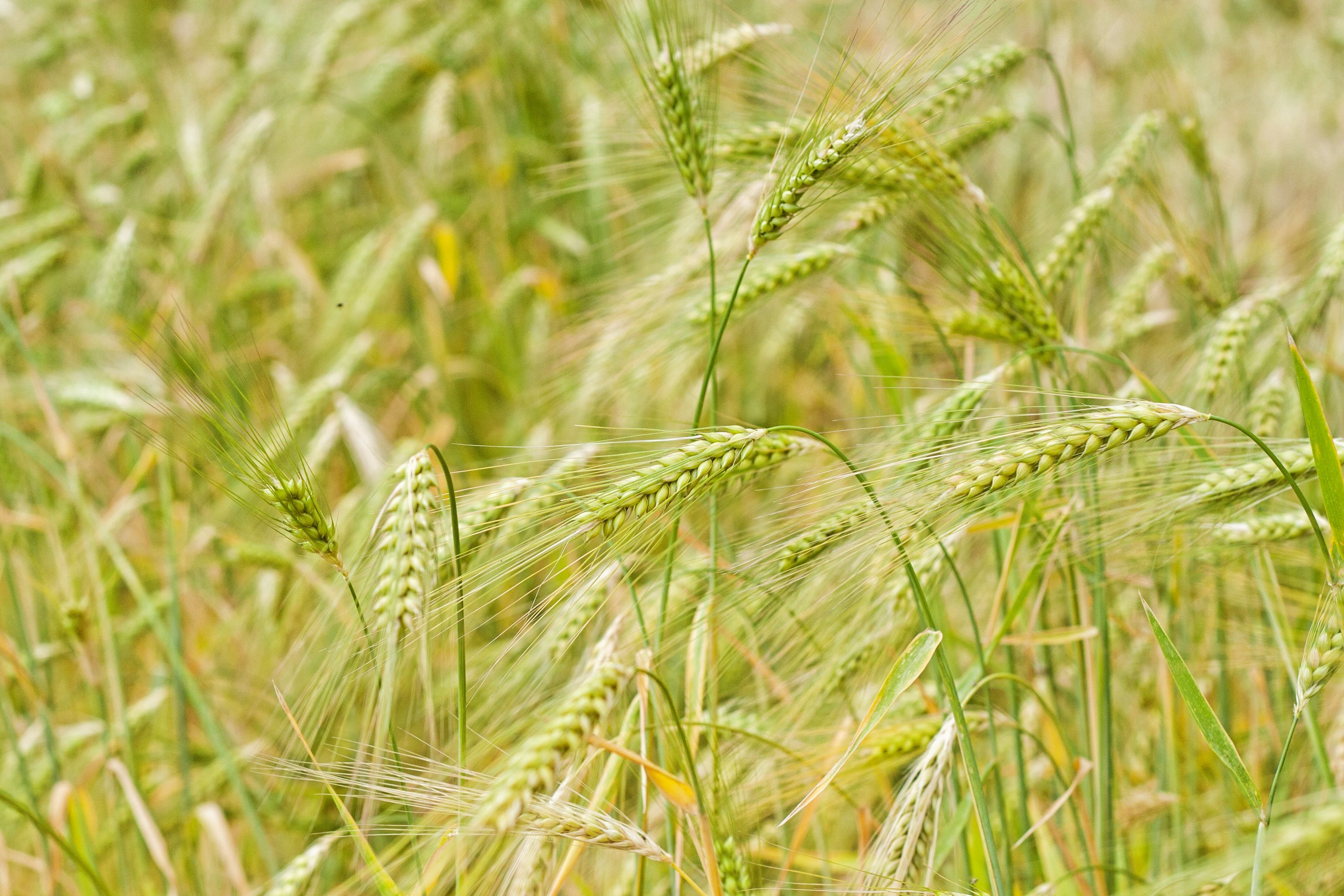Malt

MalMalt. You’ve probably heard and uttered the word countless times: Maltesers, malt whisky, malt biscuits, malt extract. The list is endless. The reason we have such a wealth of malt products in our lives? Beer!
The term malt refers to malted barley grain, produced within a process called malting which takes place either in a timeless traditonal processing establishment, called a malting house/maltings, or in a factory setting on an industrial scale.To create malt, barley grains are steeped (immersed) in water 2-3 times, which is then drained, and allowed to rest over a period of about 3 days. A person overseeing this process is known as a Maltser, it is their skill and experience that ensures the correct percentage of moisture is introduced into the barley, which will allow germination, to the point where enough enzymes are produced. These modify the starch within the grain to a more easily fermentable form.
The steeped and drained barley grains are then placed either on a germination floor in a traditonal maltings, and turned by hand with a spade, or placed in a germination vessel in a modern maltings where movement of the grains, airflow and humidity are controlled electronically. During the germination phase the barley is referred to as green malt. It is within this phase that the barley grains begin to germinate and in doing so convert the starches within the grain, the fuel for a barley plant’s growth into a form which enables the brewer to ferment it into alcohol in the finished product – beer.
The final stage of malting the green malt is moved from place of germination to a kiln – a heated vessel which dries and cures the malt. Curing stabilises the malt in order to halt any further evolution of the colour and flavour of the malted grains, which provides a dependable and consistent brewing ingredient.


